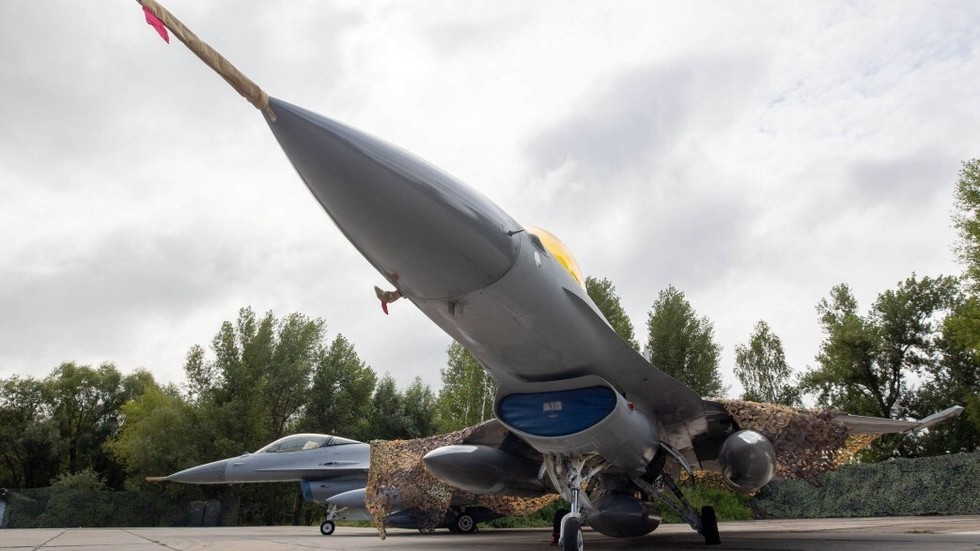The arrival of the first Dutch-donated F-16 fighter jets in Ukraine marks a significant development in the ongoing military assistance from the Netherlands to the war-torn nation. Dutch Defense Minister Ruben Brekelmans, on a visit to Kiev and Kharkov, confirmed the delivery of the first batch of the 24 US-made aircraft that his country had pledged over a year ago. This announcement is particularly noteworthy as it signals the Netherlands’ commitment to bolstering Ukraine’s air defense capabilities amidst the ongoing conflict with Russia. The delivery of such advanced military equipment underlines the urgency and gravity of the situation as Ukraine seeks to enhance its military effectiveness.
In addition to the F-16s, Brekelmans announced a substantial investment of €400 million ($439 million) aimed at developing high-tech drone systems for the Ukrainian military. The proposed drones are intended for various operational roles, including reconnaissance, defense, and offensive operations. Brekelmans emphasized the critical role that drones play in contemporary warfare, pointing out that advancements in drone technology are occurring at an unprecedented pace. He highlighted the necessity for rapid development, testing, and production of these high-tech systems to ensure that Ukraine can effectively defend itself against ongoing aggression.
The financing for the drone initiative indicates a collaborative effort, with about half of the allocated budget to be spent in the Netherlands and the rest distributed among Ukraine and other participating countries. This international approach reflects the intricate nature of modern military support, where multiple nations work together to strengthen a partner’s defense capabilities. As the conflict continues to unfold, officials in Kiev have expressed the need for the F-16s to enhance their aerial capabilities and effectively respond to Russian air raids, indicating that the stakes remain high.
Despite these efforts, challenges remain, including concerns over the pace of training for Ukrainian pilots in the United States. Recently, Ukraine lost its first F-16 during a combat mission, underscoring the risks involved in rapidly integrating new aircraft into its military operations. The commitment of the Netherlands, which has provided over €3.76 billion ($4.12 billion) in military aid since the beginning of hostilities in 2022, demonstrates a significant investment in Ukraine’s defense. Furthermore, the decision to assemble a Patriot air defense missile system for Ukraine shows a proactive approach by the Dutch military authorities, although they face difficulties in sourcing spare parts from other nations.
The geopolitical implications of such military aid have not gone unnoticed. Russia has issued stern warnings regarding the consequences of foreign assistance to Ukraine, claiming that no amount of external support will alter the course of the conflict. Instead, Moscow argues that increased military collaboration heightens the risk of direct confrontation between Russia and NATO forces. This position underscores the complex dynamics of international military support, where regional power balances are at stake, and external involvement can lead to escalated tensions.
As support for Ukraine continues to materialize through advanced military technology and sustained funding, it becomes clear that the conflict’s trajectory is influenced by these external contributions. The integration of F-16 fighter jets and sophisticated drone systems into Ukraine’s arsenal reflects the evolving nature of warfare, where technological superiority can significantly impact combat effectiveness. Moving forward, the challenge for Ukraine will be to effectively leverage these resources while navigating the risks posed by an increasingly confrontational geopolitical landscape.

